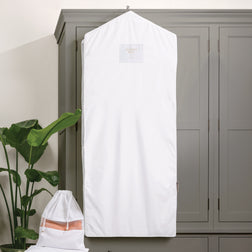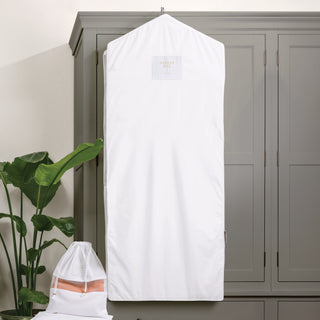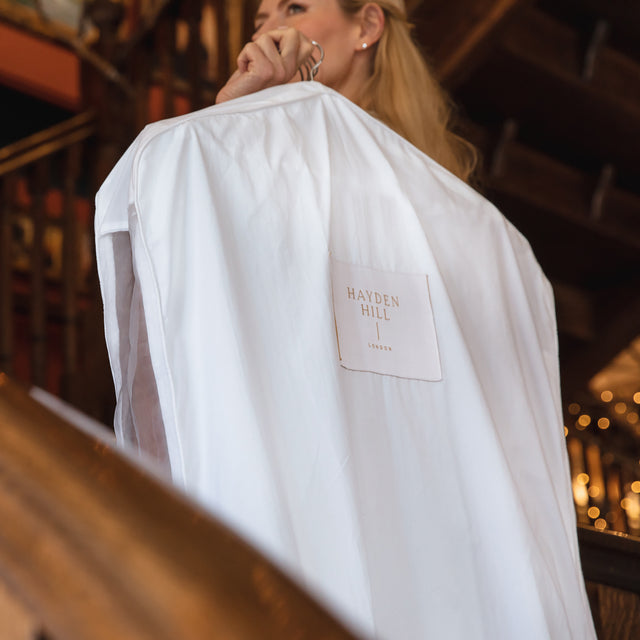Hand washing is the best way to care for delicate clothing, such as silk blouses, wool sweaters, lingerie, and garments with lace, sequins, or other embellishments. Therefore, knowing how to properly hand wash delicate pieces is a must.
Designer Rachel Zoe said, “Style is a way to say who you are without having to speak.” Wearing timeless pieces and sustainable fashion certainly says a lot about who you are. Unfortunately, wearing sweaters and blouses with snags says a lot about a person’s style too.
No one wants that, which is why knowing how to properly hand wash delicate pieces is a must.
Hand washing is the best way to care for delicate clothing, such as silk blouses, wool sweaters, lingerie, and garments with lace, sequins, or other embellishments.

When cared for correctly, your delicates will retain their pristine condition and be a part of your wardrobe for years to come. That’s why we are sharing exactly how to hand wash delicates properly.
What are Delicates?
Delicates are items made of fragile fabrics that would be harmed by the strong agitation of a washing machine. These items require special care and are best cleaned by hand washing, or in some cases, dry cleaning.
Silk, lace, fine knits (such as cashmere, lambswool, and Merino wool), synthetics (such as acetate and polyester), velvet, chiffon, and other fabrics that are lighter in weight and more fragile, are among those considered to be delicates.
Why Hand Wash Clothes?
In some cases, hand washing is a must. Placing cashmere, velvet, silk, or other delicate fabrics in a washing machine would damage or destroy your precious pieces. Washing machines are too rough for these more fragile materials and may stretch them, cause them to tear, or cause them to wear out faster.
Check the Manufacturer’s Label
Before hand washing an item, always check the label. Manufacturers may label their delicate garments in different ways. Some common instructions include “hand wash,” “dry clean only,” and “dry clean.” These instructions indicate items should be cleaned in very different ways.

- Hand Wash: Garments with a label reading “hand wash” should be washed by hand in the sink or a basin using the steps outlined below.
- Dry Clean Only: A “dry clean only” label means the garment should always be taken to a reputable dry cleaner. If an item is marked “dry clean only,” it is because the manufacturer determined that exposing the item to too much water could damage the fabric. Some common dry clean only items include structured suits, velvet, and leather.
- Dry Clean: A tag that reads “dry clean” indicates that the garment can either be carefully hand washed or brought to a reputable dry cleaners. If you don’t wish to hand wash garments with this label and want to avoid any damage, you may decide that taking them to a dry cleaners is the safest option.
Manufacturers will occasionally list washing and water temperature instructions on labels, but often they use symbols instead. Knowing what each laundry care symbol means is helpful when determining whether a garment should be hand washed, dry cleaned, or washed in a washing machine.
How Often Should Delicates be Washed?
In most cases, you don’t need to wash delicate clothing after every wear. Extending the time between washes can help preserve fabrics and help the clothes to last longer. Unless you notice the item has an odor or a stain, washing it every three wears should be sufficient.
If the delicate item is something that you wear against your skin, such as undergarments, then you may want to wash it more frequently, after every or every other time it is worn.
Tools and Materials Needed for Hand Washing Clothes
Once you’ve determined which items to hand wash, the next step is to gather all of the necessary materials. These will include:
- A large tub or sink
- Mild liquid detergent
- Water
- Clean, white towels
- Drying rack and padded hangers

Steps to Hand Wash Clothes
Delicates can be tricky to clean, so when you decide to hand wash an item, follow the steps below to properly clean the piece without damaging it.
Step 1: Start with a Clean Tub or Sink
Before you wash anything, clean the sink or the tub you’ll be using. Even if your sink looks clean, there may still be traces of debris or grease that could damage your garments. After cleaning the sink, thoroughly rinse it out to remove all residue from the cleanser you used.
Step 2: Add Cold Water to the Sink
Always add water to the sink or tub before adding detergent or clothing. If you put garments in first, they could become stretched out from the force of the water running over them. When hand washing, use cold water, unless the manufacturer’s label specifies otherwise. Using hot water can cause more delicate items to shrink or cause the colors to bleed.
Step 3: Add Liquid Detergent
Only a small amount of detergent is necessary when hand washing clothes. Typically, about 1 teaspoon should be sufficient. Gentle fabrics won’t require a lot of suds to get clean. Adding too much detergent will make it difficult to rinse the garment later and can leave a residue behind.
Use a mild liquid detergent designed for hand washing clothes. The detergent you have in your laundry room is likely too strong for delicate fabrics.
Step 4: Stir the Detergent into the Water
Before adding a garment to the water, use your hand or a small spoon to lightly agitate the water and ensure the detergent gets fully distributed and mixed in with the water.
Step 5: Place the Garment into the Sink
Next, submerge the garment in the water. There should be plenty of space in the water so that the garment is not cramped. For larger items, such as bedding or outerwear, you may need to use a bathtub instead of a sink.
Make sure the entire item is pressed beneath the surface of the water. Let the garment soak in the detergent/water mixture for about 5 to 10 minutes.
Step 6: Gently Agitate the Water
Use your hands to gently move the fabric through the water. This will help release dirt and other debris to ensure your garment gets thoroughly cleaned.
Step 7: Drain and Rinse Out the Sink
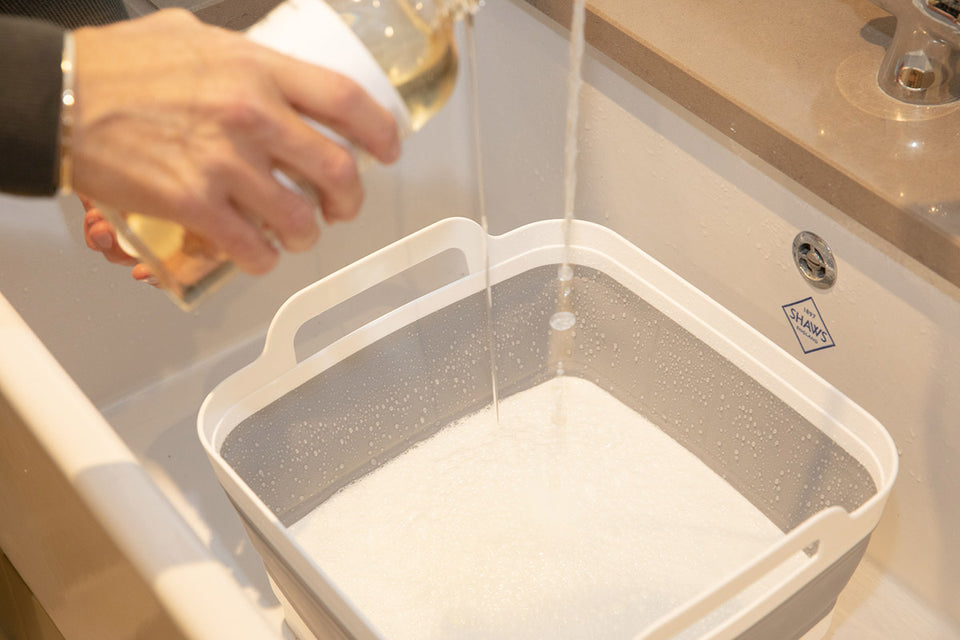
Carefully lift the item out of the sink, and drain the soapy water. Rinse out the sink to get rid of any remaining suds or bubbles.
Step 8: Fill the Sink and Rinse the Garment
Fill the sink back up with clean, cool water. Place the garment back in the sink and gently pull it through the water to rinse away the detergent.
Step 9: Repeat to Finish Rinsing
Repeat steps 7 and 8 to drain the sink, rinse away the suds, and fill it with clean cold water. Gently pull the garment through the clean water to remove any remaining detergent. You may need to repeat these steps a few times to get all of the detergent residue out of the garment. Take extra care during this process and avoid the temptation to run water directly over the garment to speed up the process. This can cause the fabric to stretch.
Step 10: Use a Towel to Absorb Excess Water
Bulkier items, such as sweaters, will contain a lot of excess water after rinsing. Place these items onto a flat white towel, and gently roll the towel up to absorb some of the water from the garment.
If you feel like the garment still holds a lot of water after rolling it up in a towel, grab a second clean and dry towel, and repeat the process.
Step 11: Air Dry Delicates
Just as washing machines can damage delicate fabrics, dryers can do the same. The best way to dry delicates is with air drying.
As a general rule, lay delicates flat to dry, rather than hanging them up. Wet fabrics are heavier than dry fabrics, and hanging them up will likely cause the fabric to stretch. Reshape knitted items once they are laid flat to ensure they dry correctly.
Check on your items that are drying, and flip them over periodically to help the entire garment to dry and to reduce the overall amount of drying time.
When drying delicates, avoid placing them near direct heat or sunlight, which can damage the garment.
Other Tips For Hand Washing Delicates
Here are a few other tips to keep in mind when hand washing delicates:
-
Sort delicates by color.
Delicates should be sorted by color before washing. You should only wash like colors and fabric types together. Handwashing two different colored items together could cause the dye from one item to transfer to the other.
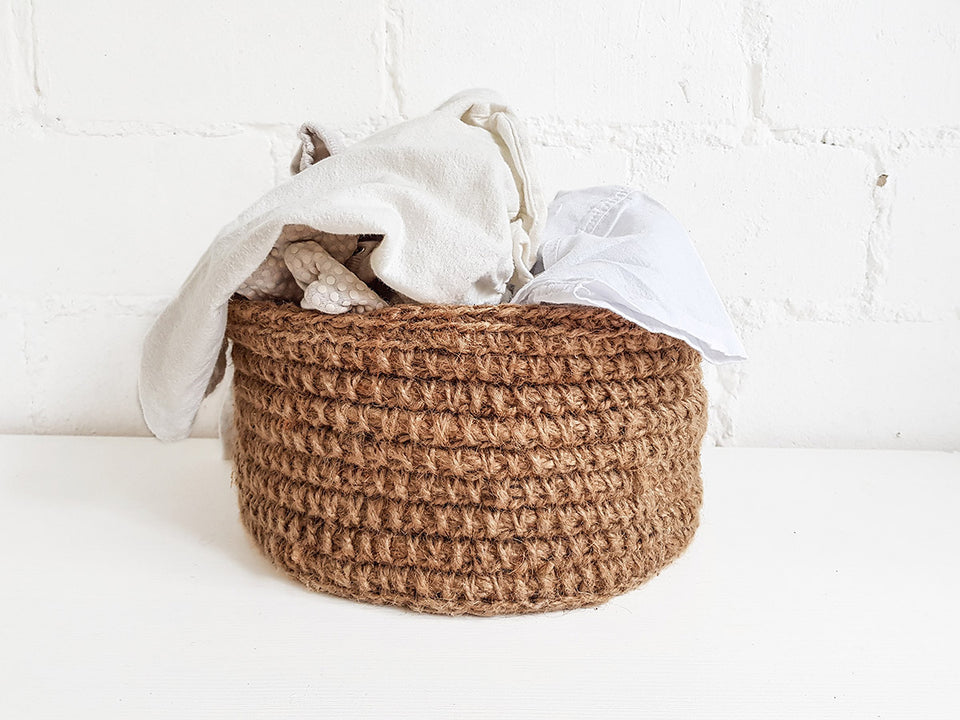
-
Don’t let delicates soak for too long.
Soaking delicates for too long can be damaging. It may cause the fabric to fade or ruin the integrity of sequins, beads, or other embellishments. -
Only wash a few pieces at a time.
Make sure there is plenty of space in the sink when you are washing garments. Wash only one or two at a time to ensure the water and detergent can get each item thoroughly clean. -
Pre-treat stains.
Before hand washing, inspect the piece for any stains. Use the appropriate stain treatment for the fabric type to pretreat the stain. Use your fingers to gently work the stain remover into the fabric and let it sit for about 10 minutes. Rinse the stain remover out by running the garment through cool water, and then follow the steps above to hand wash the item. -
Don’t wring out water.
Twisting delicates to remove water can stretch or tear the fabrics. Always lay delicates out to dry. If an item has too much excess water, roll it up in a clean white towel to remove some water before laying it flat to dry.
Care for Your Delicates Properly
Proper care is the key to prolonging the life of your favorite pieces of clothing. And, how you store your items is just as important as how you launder them.
That’s why we recommend Hayden Hill garment bags. Our bags are made of 100% organic, soft cotton with a sheer, organza side panel so you can see your pieces while keeping them protected from light, dust, and moths. You can count on Hayden Hill to preserve the beauty of your delicates.


